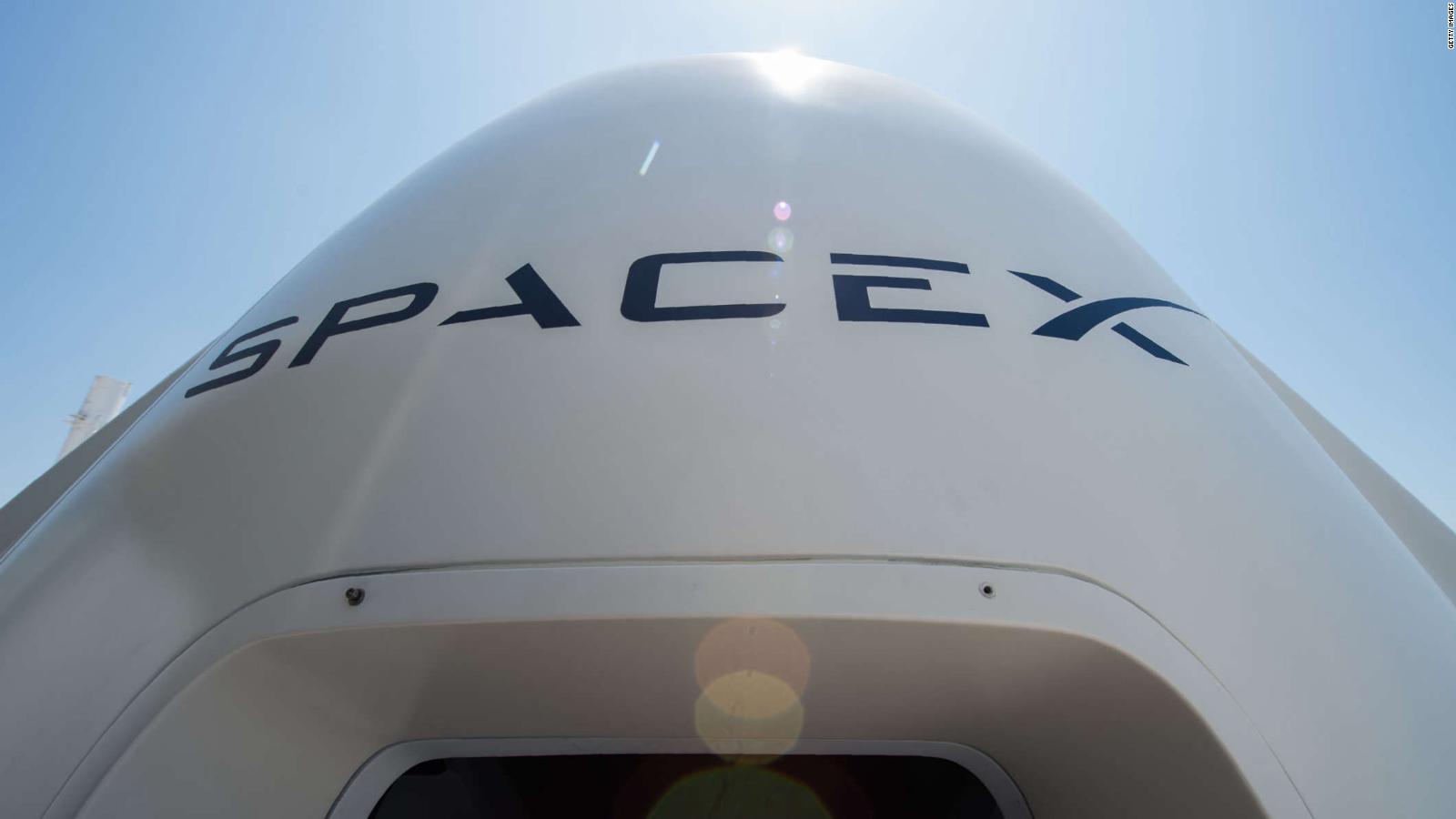MADRID, 2 (EUROPA PRESS)
ESA’s Mars Express orbiter on Mars has carried out a series of experimental communication tests with the Chinese rover Zhurong, deployed in the Utopia Planitia region.
Mars Express successfully captured the data sent “blindly” by the rover and relayed it to Earth, where it was sent to Zhurong’s team in China.
The Zhurong rover, commanded by the Tianwen-1 orbiter, points its radio toward the Martian sky. At any moment, ESA’s Mars Express will start to pass overhead. Zhurong begins to transmit a signal into space. You have no way of knowing if your message is being received.
Landing vehicles and rovers on Mars collect data that helps scientists answer fundamental questions about the geology, atmosphere, surface environment, the history of water, and the potential for life on the Red Planet.
To bring this knowledge back to Earth, they first transmit the data to a spacecraft in orbit around Mars. These orbiters then use their much larger and more powerful transmitters to “transmit” the data through space to Earth.
‘BLIND’ COMMUNICATION
“Typically an orbiter like ESA’s Mars Express first sends a hail signal to a rover as a ‘hello’,” said James Godfrey, director of operations for the Mars Express spacecraft, in a statement.
“Then the rover sends a response to establish stable communications and begin the two-way exchange of information. But this depends on the rover’s radio system being compatible with that of the orbiter.”
Since Mars Express transmits its “hello” signal using communication frequencies that are different from those received by the Chinese Zhurong Mars rover, two-way communication is not possible. But in the other direction, Zhurong can transmit a signal using a frequency that Mars Express can receive.
The relay radio on Mars Express has a mode that enables this one-way communication: ‘blind’ communication where the sender cannot be sure if their signal is being received, but until now, the technique had not been tested on the spacecraft. .
In November, ESA’s Mars Express and CNSA’s Zhurong teams carried out a series of experimental communication tests in which Mars Express used this mode “blindly” to listen to signals sent by the Zhurong Rover. The experiments culminated in a successful test on November 20.
“Mars Express successfully received the signals sent by the rover, and our colleagues from the Zhurong team confirmed that all the data reached Earth in very good quality.” says ESA’s Gerhard Billig. “We look forward to further testing in the future to continue experimenting with and further improve this method of communication between space missions.”
Data transmitted by Mars Express reached Earth at ESA’s ESOC space operations center in Darmstadt, Germany, via deep space communication antennas. From there, this data was sent to Zhurong’s team at the Beijing Aerospace Flight Control Center, who confirmed the success of the test.

:quality(85)//cloudfront-us-east-1.images.arcpublishing.com/infobae/R3FOCH6P2JBF5JA7NOBYYS5QOI.jpg)

/cloudfront-eu-central-1.images.arcpublishing.com/prisa/IGE2GC7JTJEFLAJ5OSURF6IGHQ.jpg)

:quality(80)/cloudfront-us-east-1.images.arcpublishing.com/lanacionar/VMDJOXZIHNDQLH5LEUP3WNJDA4.png)